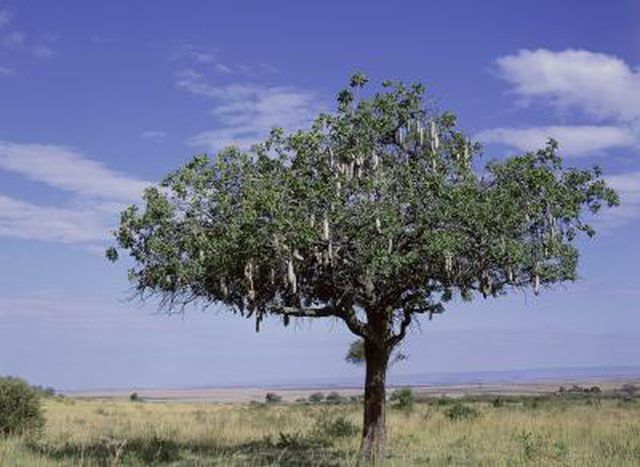Bulbs
Flower Basics
Flower Beds & Specialty Gardens
Flower Garden
Garden Furniture
Garden Gnomes
Garden Seeds
Garden Sheds
Garden Statues
Garden Tools & Supplies
Gardening Basics
Green & Organic
Groundcovers & Vines
Growing Annuals
Growing Basil
Growing Beans
Growing Berries
Growing Blueberries
Growing Cactus
Growing Corn
Growing Cotton
Growing Edibles
Growing Flowers
Growing Garlic
Growing Grapes
Growing Grass
Growing Herbs
Growing Jasmine
Growing Mint
Growing Mushrooms
Orchids
Growing Peanuts
Growing Perennials
Growing Plants
Growing Rosemary
Growing Roses
Growing Strawberries
Growing Sunflowers
Growing Thyme
Growing Tomatoes
Growing Tulips
Growing Vegetables
Herb Basics
Herb Garden
Indoor Growing
Landscaping Basics
Landscaping Patios
Landscaping Plants
Landscaping Shrubs
Landscaping Trees
Landscaping Walks & Pathways
Lawn Basics
Lawn Maintenance
Lawn Mowers
Lawn Ornaments
Lawn Planting
Lawn Tools
Outdoor Growing
Overall Landscape Planning
Pests, Weeds & Problems
Plant Basics
Rock Garden
Rose Garden
Shrubs
Soil
Specialty Gardens
Trees
Vegetable Garden
Yard Maintenance
How to Kill Acacia Roots
How to Kill Acacia Roots. Although they can be attractive, acacia trees are also very invasive and can overtake your garden if left to grow unchecked. If you're in the middle of an acacia invasion, you should know that cutting them down isn't enough to kill them. The leftover stumps will continue to grow, and you will be left with acacia shrubs. If...

Although they can be attractive, acacia trees are also very invasive and can overtake your garden if left to grow unchecked. If you're in the middle of an acacia invasion, you should know that cutting them down isn't enough to kill them. The leftover stumps will continue to grow, and you will be left with acacia shrubs. If you want to completely stop an acacia from growing, you have to kill it at the roots. This can be accomplished using different chemicals.
Things You'll Need
Loppers
Handsaw
Chain saw
Herbicide
Drill
Rock salt
Epsom salt
Avoid working on the tree during spring and early summer -- this is when the tree, even as a stump, will be producing sap, which will prevent the herbicide from reaching the roots.
Cut down the tree. If your tree is very large, near a building, or adjacent to power lines, you will need to hire professional help to remove the tree. Depending on the size of the tree, use loppers, a handsaw or a chain saw to cut it down. Cut the stump as close to ground level as you can.
Spray an herbicide containing either glyphosate or triclopyr at 50-percent concentration over the surface of the stump. Alternatively, drill holes into the top of the stump, and pour rock salt or Epsom salt into the holes. Pour either type of salt in a ring around the stump, and water the area until the crystals dissolve.
Pour another layer of rock salt or Epsom salt around the stump, and water it into the ground. Cover the entire stump with fertile topsoil. This will help rot the stump and attract insects that will eat the stump and roots.